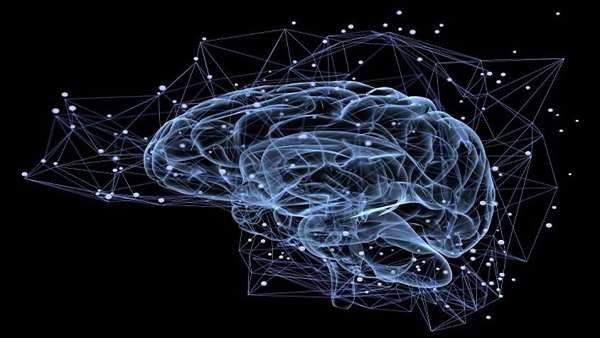Stanford team develops brain-rejuvenating antibodies that let old mice think like youngsters
In a stunning piece of research, Stanford neuroscientists have hunted down a single gene that encodes a protein responsible for age-related cognitive losses, targeted it with special blocking antibodies, and shown in mice that these antibodies can rejuvenate old brains to work as well as young ones.
In a stunning piece of research, Stanford neuroscientists have hunted down a single gene that encodes a protein responsible for age-related cognitive losses, targeted it with special blocking antibodies, and shown in mice that these antibodies can rejuvenate old brains to work as well as young ones.
It all starts with the microglia, a class of brain cells responsible for immune responses and routine cleanup. Among many other functions, microglia spend their time gobbling up bits of protein deposits and cellular debris that result from normal brain activity, and it"s long been known that their garbage-collecting performance deteriorates with age.
Tony Wyss-Coray, Ph.D, professor of neurology and neurological sciences at the Stanford University School of Medicine, thought it was a "decent bet" that the decline in microglial cleanup performance might be linked to the kinds of cognitive declines we see with aging. Both Alzheimer"s and Parkinson"s diseases, for example, are linked with abnormal activation patterns for genes associated with the microglia.
So Wyss-Coray and his team set off on two concurrent lines of investigation. In one set of experiments, the team chose about 3,000 microglia-related genes they judged could be targeted with drugs. They filled Petri dishes with cultured mouse microglia cells, and gave them a fluorescently-marked latex to chew on, and set about blocking those 3,000 genes one by one to see which ones made the microglia better or worse garbage eaters.
In another set of experiments, the team took the same 3,000 genes, and took measurements of each one"s activity levels in young and old mice, looking for which genes changed their activity levels substantially with age.
And when they compared results between the two studies, expecting to find a long list of genes that both change microglial eating patterns andsignificantly change gene activity levels with age, they were stunned to find just one that fit both categories: a gene known as CD22 that"s found in both mice and humans. They followed up and found the CD22 protein was three times as prevalent on the surface of old mice"s microglia as on those of young mice.
With a possible culprit identified, the team set about blocking CD22 proteins using specially designed antibodies – ones that are too bulky to break through into cells, but can easily target cell-surface proteins. They injected these antibodies into one side of mice"s hippocampuses, and for a control they injected a different antibody that couldn"t bind with CD22 into the other side of the hippocampus.
This time, they used fluorescence-labeled bits of myelin to track the brain halves" performance in scavenging waste – myelin being one of the microglia"s chief scavenging targets, and also representing something that accumulates in aging brains. Sure enough, 48 hours later, there were far less of these myelin bits left on the side with the CD22-blocking antibodies. They tried the experiment again to see if the scavenging effect would be just as strong for Alzheimer"s-related beta-amyloid and Parkinson"s-related alpha-synuclein protein debris as it was for those bits of myelin. It was.
So by this stage the team had zeroed in on a gene protein that both decreases microglial scavenging performance and increases its activity with age. It had managed to block the activity of this gene, and shown that the administration of special antibodies could rejuvenate the ability of old brains to clean up a range of garbage proteins that begin to build up in older brains – ones heavily associated with serious cognitive illnesses. So how did these antibodies affect brain performance?
After a month of continuous CD22 antibody infusion on both sides of mice"s brains, the researchers achieved a stunning result. The mice improved their performance on two different learning and memory tests to the point where they significantly outperformed control mice of the same age.
"The mice became smarter," says Wyss-Coray. "Blocking CD22 on their microglia restored their cognitive function to the level of younger mice. CD22 is a new target we think can be exploited for treatment of neurodegenerative diseases."
Stanford immediately rushed to file patents on IP related to the study. As always, it"s much too early to get excited about the possibility of this research producing a fountain of youth-style drug that can let octogenarians enjoy the mental acuity of 25 year olds again. But the fact that CD22 is found in both the human and mouse genome certainly makes this a promising research area to keep an eye on.
Reference:https://www.nature.com/articles/s41586-019-1088-4





ارسال به دوستان